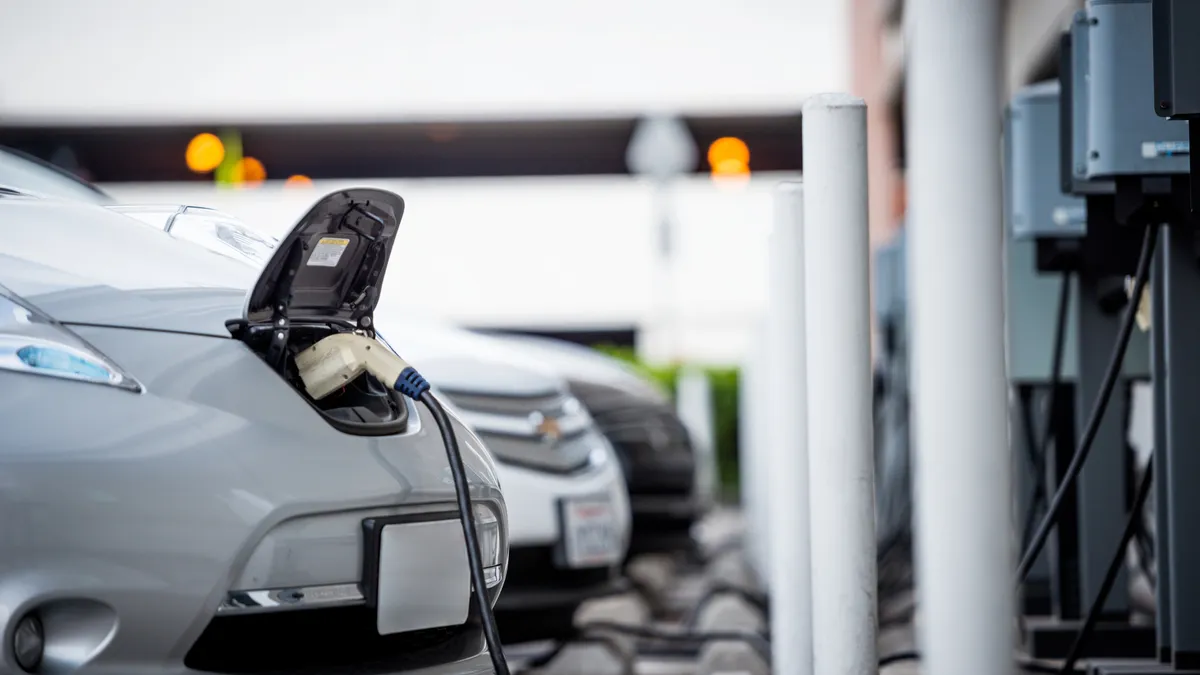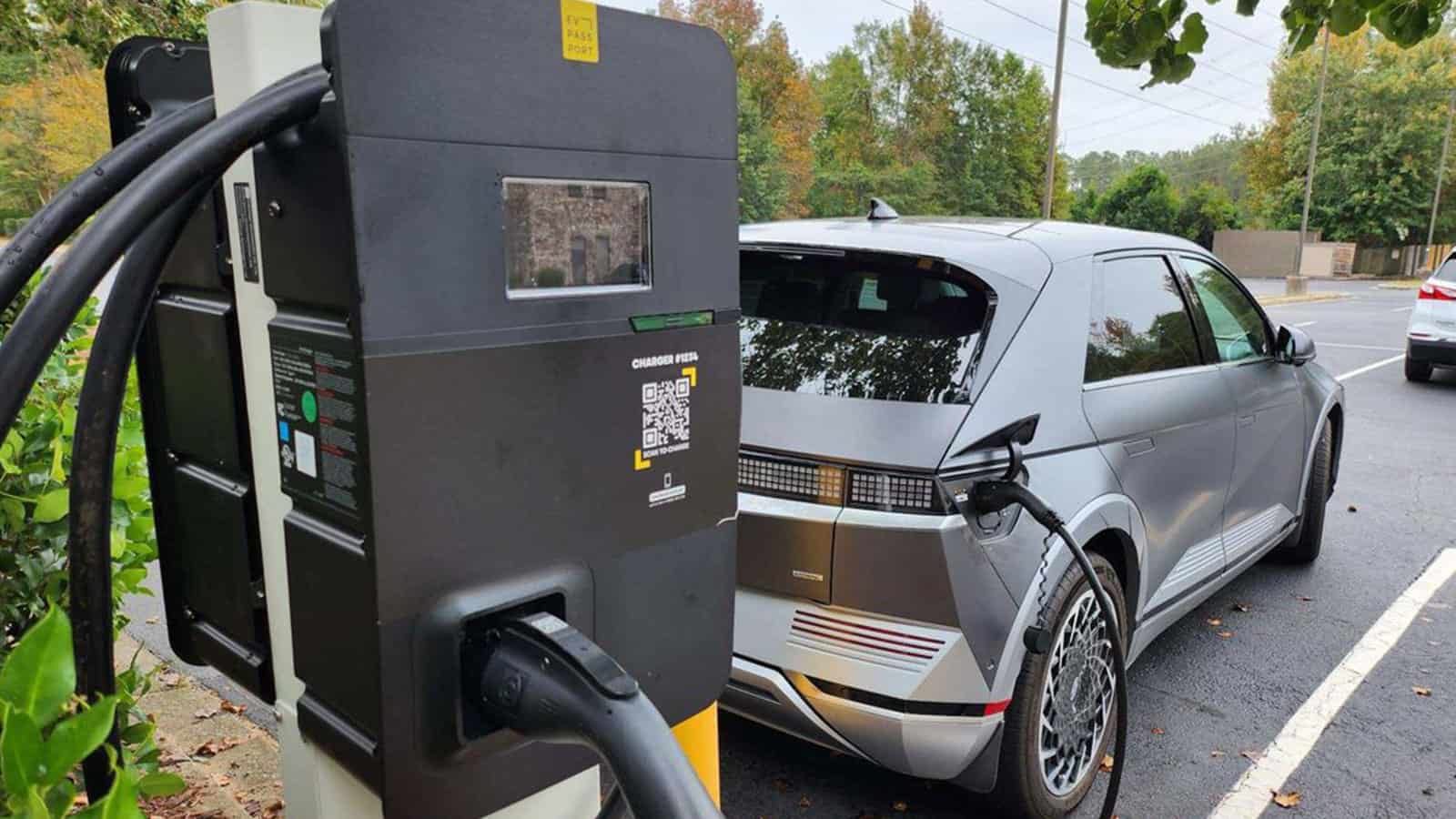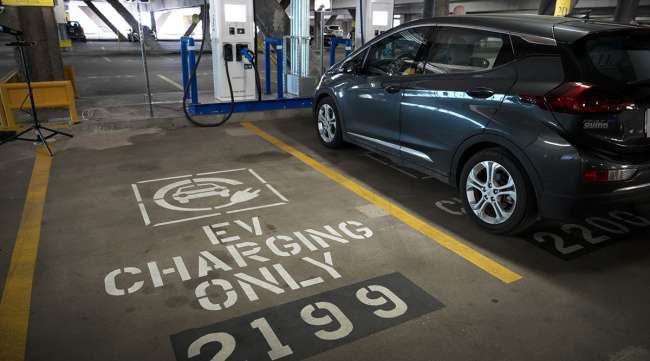How to Make Smarter Decisions in EV Investments by Buying EV Charging news
How to Make Smarter Decisions in EV Investments by Buying EV Charging news
Blog Article
Top EV Charging Information: Trick Updates on Infrastructure and Innovation

Recent Developments in Fast-Charging Innovation

Moreover, improvements in battery technology, including boosted thermal management systems and greater energy density batteries, enhance fast-charging capacities. These advancements alleviate the risk of battery deterioration during quick charging, guaranteeing durability and efficiency for EV owners.
Additionally, the combination of clever charging options is boosting user experience, allowing real-time tracking and vibrant rates models. EV Charging news. This versatility enables vehicle drivers to optimize charging times and expenses based upon grid demand
As car manufacturers remain to purchase fast-charging networks, the collaboration between market stakeholders is vital. Collaborations in between charging station companies and vehicle makers are leading the way for substantial insurance coverage, inevitably fostering a more robust EV ecosystem. These advancements are critical in supporting the transition to sustainable transportation.
Government Campaigns for Billing Development
Federal government campaigns play an important function in the growth of electric car (EV) charging framework, promoting the shift to sustainable transportation. Various government and state programs are being applied to boost charging ease of access, reduce the economic worry on customers, and promote the adoption of electrical cars.
Notably, the united state federal government has allocated substantial financing with the Infrastructure Investment and Jobs Act, which earmarks $7.5 billion for EV billing network advancement across the country. This funding is intended at deploying hundreds of new billing terminals, particularly in underserved locations, consequently dealing with array stress and anxiety among possible EV buyers.
In addition, many states are enacting regulation to streamline the allowing process for billing station installments, which is vital for accelerating release. Incentives such as tax obligation credits and refunds for both consumers and services are also being introduced to urge the setup of billing facilities.
In addition, public-private partnerships are significantly coming to be a focus, leveraging personal financial investment to complement government financing. These initiatives highlight a joint approach necessary for constructing a extensive and reliable EV billing network, inevitably adding to a greener and more sustainable future.
Cutting-edge Battery Solutions Enhancing Efficiency
Transforming the landscape of electrical lorry (EV) technology, innovative battery options are substantially boosting efficiency and performance. Advancements in battery chemistry, especially with lithium-sulfur and solid-state batteries, are bring about raised energy thickness, which enables longer ranges and faster charging times. These new battery types have the potential to exceed standard lithium-ion batteries by using greater capacities while lowering weight, thus improving total automobile efficiency.
Furthermore, advancements in battery monitoring systems (BMS) are maximizing power usage and extending battery lifespan. Smart formulas check battery wellness and efficiency, allowing real-time changes to billing and releasing procedures. This not only enhances the efficiency of the battery but additionally guarantees a much more sustainable and dependable power resource for EVs.
Moreover, the combination of reusing innovations is dealing with the environmental influence of battery manufacturing and disposal. Developments in second-life applications for EV batteries are facilitating their usage in power storage helpful resources systems, contributing to a round economic climate.
As these innovative battery remedies remain to advance, they guarantee to transform the EV market, making electrical automobiles more obtainable and attractive to a broader target market while supporting global sustainability objectives.

Cooperation Between Automakers and Billing Networks
Identifying the essential need for a durable billing facilities, automakers are increasingly collaborating with charging network suppliers to enhance the EV ownership experience (EV Charging news). These partnerships intend to produce a smooth billing community that profits consumers and sustains the change to electric cars
Significant automotive brand names are signing up with pressures with established charging networks to broaden their billing station insurance coverage, ensuring vehicle drivers have accessibility to hassle-free and reputable billing options. For example, collaborations with networks like ChargePoint and Electrify America allow car manufacturers to integrate billing remedies directly into their automobiles' navigating systems, guiding customers to the nearest stations and giving real-time availability updates.
Additionally, these partnerships often lead to the development of fast-charging technologies that significantly lower the time needed to charge an EV. By merging sources and knowledge, automakers and billing networks can introduce much faster, developing solutions that fulfill the growing need for electrical wheelchair.
Additionally, joint campaigns may also result in more standardized billing procedures, which can minimize consumer confusion and advertise wider EV adoption. On the whole, these strategic alliances are essential in building a user-friendly and reliable charging facilities that meets the requirements of a broadening electric vehicle market.
Difficulties Encountering EV Billing Infrastructure
As the electrical automobile market continues to grow, several difficulties are appearing that prevent the development of a detailed charging infrastructure. Among the primary obstacles is the not enough variety of charging terminals, particularly in underserved and rural metropolitan locations. This void develops array anxiety amongst potential EV buyers, hindering them from making the switch.
Additionally, the lack of standardization in charging technology complicates the infrastructure landscape. Variants in plug kinds and charging speeds can create confusion for users and raise functional intricacies for billing network operators. The assimilation of billing stations into existing electrical grids poses substantial difficulties. Lots of regions face ability limitations, requiring significant financial investments in grid upgrades to accommodate increased need.
One more pressing concern is the high expense associated with the installment and maintenance of charging terminals, which can be a barrier for both public entities and private organizations. Lastly, regulatory obstacles and zoning limitations can delay the release of charging framework, hindering progression in expanding right here crucial services. Addressing these difficulties will certainly be essential for promoting a durable EV community that sustains the change to sustainable transportation.
Conclusion
To conclude, the recurring innovations in EV charging modern technology, supported by significant government efforts and ingenious battery remedies, are vital for the growth and effectiveness of electrical vehicle infrastructure. Collaborations between automakers and charging companies additionally improve terminal protection, resolving the growing need for accessible billing alternatives. Regardless of obstacles that linger within the EV billing landscape, these growths indicate a favorable trajectory in the direction of a much more efficient and lasting electrical automobile environment.
Technologies in billing facilities have led to the development of ultra-fast battery chargers qualified of providing up to 350 kW of power, considerably reducing charging times. Variations in plug kinds and billing speeds can create complication for individuals and enhance functional intricacies click to investigate for charging network operators.In conclusion, the recurring innovations in EV charging technology, sustained by considerable government campaigns and innovative battery remedies, are critical for the growth and efficiency of electric vehicle framework. Partnerships in between automakers and billing carriers additionally enhance terminal coverage, attending to the growing need for available billing options. Despite obstacles that persist within the EV billing landscape, these developments symbolize a favorable trajectory towards an extra efficient and lasting electric automobile ecosystem.
Report this page